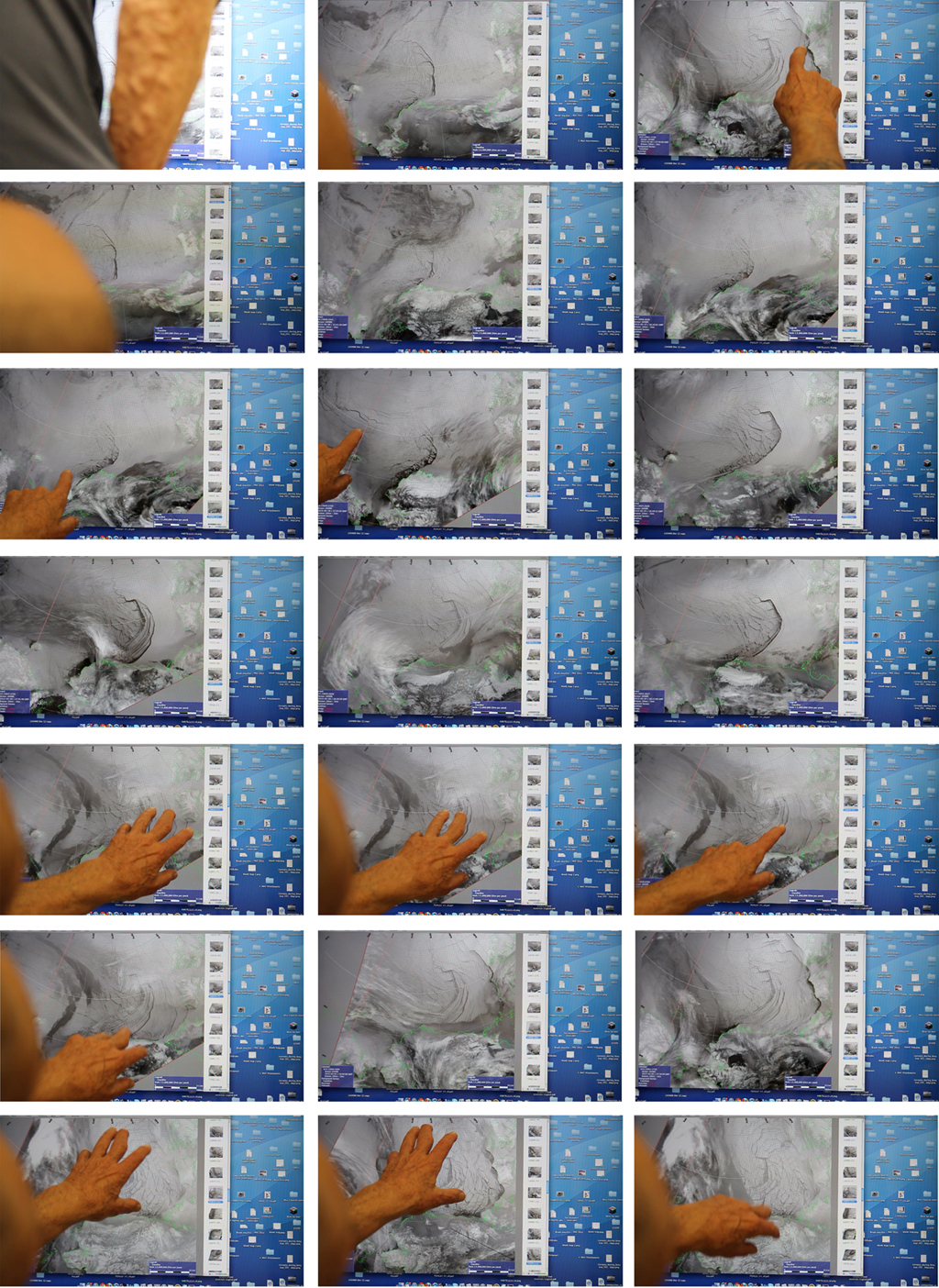Another Windless Day In Space – Looking Down At Drifting Landscapes
Interdisciplinary research project developed with the support of Anchorage Museum as part of the program ‘The Northern Initiative’.
The generation of satellite images and data-simulations allows us to perceive climate change and understand changes that would otherwise remain hidden. While these perspectives and visualizations creates an insight, they also generates views from everywhere and nowhere, across any experienced time and place. Now we have the ability to see changes happening on a microscopic scale of subatomic particles to the macro-cosmic scale of sea ice movement. In the meantime, these processes are all happening beyond our perceived concept of nature.
The project Another Windless Day In Space – Looking Down At Drifting Landscapes approaches the crossroad between human and instrument, body and landscape, spectator and representation in Arctic Alaska. It asks: how may the aid of technology influence how climate scientists experience nature differently? How are climate scientists able to gab the psychological distance that occur in the translation between the data and the immediate, direct senses? And how might climate scientists help others to close the gab by bringing their perceived experiences into their final research?
During my visit at Toolik Field station and Fairbanks University in 2014, I interviewed a number of scientists and observed five teams working in the field involving instruments and satellite images.

